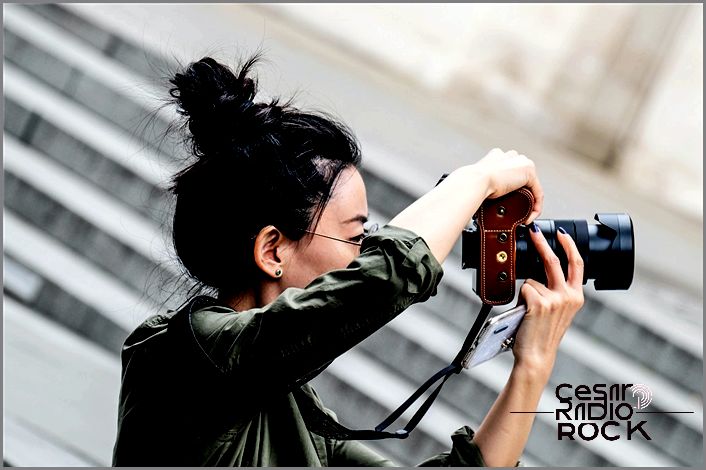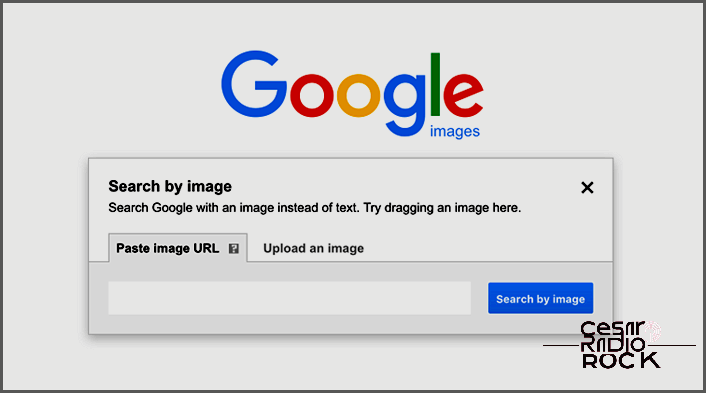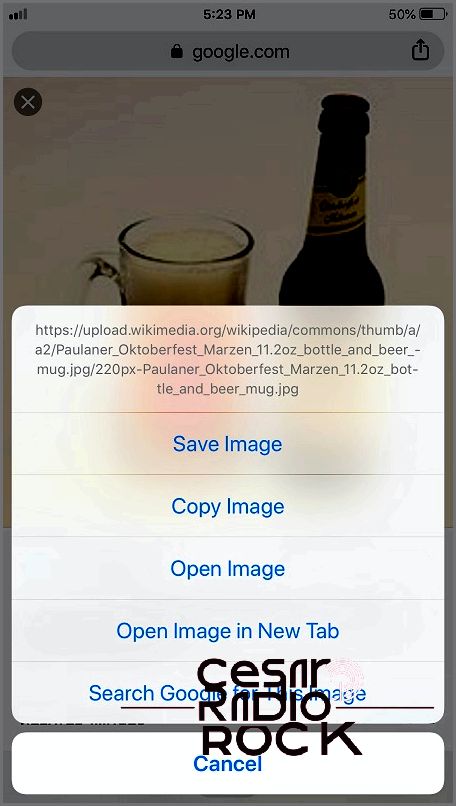Discovering if Your Photo Is Being Used Online
Hey there! Have you ever wondered if someone is using your picture online without your permission? It’s a concerning thought, but don’t worry! I’m here to help you figure out how to find out if this is happening.
First off, let’s talk about why this is important. Your picture is part of your personal identity, and it should be up to you to decide where it gets shared. If someone else is using it without your knowledge, it’s not only an invasion of your privacy, but it could also lead to other potential issues, like identity theft or reputation damage. That’s why it’s crucial to take action and find out if your photo is being used in ways you’re not aware of.
Now, onto the juicy details. We’re going to start by using a reverse image search, which is a powerful tool that allows you to find instances of your photo across the web. You might be thinking, “What is reverse image search?” Well, let me explain.
Reverse image search lets you discover where else an image appears online by uploading it or entering its URL. It then scours the web for similar or identical images, giving you a list of websites, social media accounts, or even advertisements where your picture might have been used. Pretty cool, right?
To perform a reverse image search, there are a couple of options available. One of the most popular ones is using a search engine like Google. Yep, you read that right! Google can do more than just search for text. Simply head to images.google.com, click on the camera icon in the search bar, upload your image, and let the algorithm do its magic.
Another option is to use dedicated reverse image search engines like TinEye or Yandex. They work in a similar way to Google, but they focus solely on reverse image searches. These platforms have their own algorithms and databases, so using more than one can increase your chances of finding your picture if it’s out there.
Now, keep in mind that reverse image search isn’t foolproof. There’s a chance that your photo might not show up in the results, or that it might not detect every single instance of your picture online. However, it’s an excellent starting point and can often unveil surprising discoveries.
If you do find instances of your photo being used without your consent, don’t panic. Take a deep breath, and consider the following steps. Start by reaching out to the website or platform where the image is being used. Politely explain the situation and request that they take it down. Most of the time, websites and social media platforms have policies in place to deal with copyright infringement and privacy concerns, so they should be willing to assist you.
If you encounter resistance or come across a site that doesn’t respond or cooperate, you can escalate the situation further. Contact the website’s hosting provider or submit a DMCA takedown notice. These steps help to ensure that your rights are respected and that the image is removed promptly.
Remember, discovering someone else using your picture online can be unnerving, but by taking action and using tools like reverse image search, you can regain control over your personal image. Be vigilant, stay curious, and protect your digital presence. You’ve got this!

Hey, did you ever come across the term catfishing? It’s when those online predators swipe your pictures, usually from your social media profiles, and use them to deceive others. Their main aim is to make money or trick someone into an online relationship.
Now, keep in mind that this isn’t exactly the same as having your identity stolen. But it still puts you in a tough spot by making you look like you’re involved in a scam that you have nothing to do with. And that can get you into a whole lot of trouble. Oh, and some sneaky bloggers or website owners might even steal your images without giving you any credit or asking for permission.
Either way, it’s a good idea to check if your pictures are being used elsewhere, even if you don’t suspect anything fishy is going on.
Reverse Image Search
The first line of defense against these online predators and image thieves is the trusty reverse image search. You’ve got two options for doing this: you can either use Google or TinEye, which is an image search engine based in Canada.
Google Image Search is great because it works on both your computer and your mobile device. Let’s go over the steps for each option.

How to Perform a Reverse Image Search on a Computer
To start, I recommend opening Google Chrome or logging into your account on any other browser. Once you’re there, find the Google Images website and look for the search bar at the top.
Now, pay attention because this is the fun part. See that little camera icon? Give it a click! It’s going to take you on an adventure.
Alright, now you have two options. You can either paste the image URL, that long web address, into the search bar or take a shortcut and simply drag and drop the image from your computer right onto the webpage. Pretty cool, huh?
So now what? Well, let me tell you. Google is going to work its magic and show you a bunch of images that are similar to the one you just provided. And not only that, it’s also going to give you a list of websites that might be related to your image. Talk about a double whammy.
But wait, there’s more! If you want to make sure your image isn’t running around on the internet without your permission, click on the button that says “visually similar images”. That’s going to show you even more pictures that look like yours. And if you happen to find your image in the search results, no worries! Just click on “Visit” and Google will whisk you away to the website where your image ended up.

Using Google Images on Your Phone
Unfortunately, you can’t use Google Images search (by uploading or using a URL) on your mobile. But don’t worry, I’ve got a workaround for you! You can still do a reverse image search on your phone. Here’s how:
Instead of using the image search feature, you’ll have to use the regular search. First, find the image you want to search for. You can do this by browsing the internet or using any other image search engine.
Once you have the image in front of you, tap on it. This will take you to the website or page where the image is hosted. Now, here comes the trick: you need to copy the URL or the link of that page.
Next, open Google in your phone’s browser and paste the URL or link into the search bar. Hit Enter or tap the Search button, and voila! Google will perform a reverse image search for you and show you similar or related images.
So, even though you can’t directly use Google Images search on your mobile, this method allows you to achieve similar results. Give it a try and see what interesting things you can discover!

Hey there! So, if you ever come across an image and want to find similar ones, you can simply hit the ‘Search Google for This Image’ option, and guess what? You’ll get the exact same results on your phone as you would on your computer.
But here’s something you might be wondering: what if you want to search for personal images that are stored on your phone? Well, it’s actually a piece of cake! All you need to do is upload your picture to a website like Imgur, give it a little press, and voila! You can easily run a search for similar images.

TinEye: Discover the Magic of Reverse Image Search
Hey there! Let me tell you about an awesome tool called TinEye. It’s like Google, but with a fun twist – it lets you do reverse image searches! Curious? Let me guide you through it.
So, here’s the deal: all you need to do is head over to the TinEye website. Once you’re there, you have two options to get started: either upload an image from your device or paste the URL of an image. Easy peasy, right? And voila! You’re all set to dive into the fascinating world of reverse image search.
Now, let me share a little secret with you. TinEye offers a significant advantage over Google. Wanna know what it is? Well, unlike our good ol’ friend Google, TinEye doesn’t keep track of your image searches. That’s right! TinEye respects your privacy by being completely private and free of charge. Isn’t that cool?
But wait, there’s more! To make your life even easier, TinEye has a browser extension that you can install. This way, you can access it at any time, right at your fingertips. How convenient is that?
So, whether you’re a curious cat or a savvy researcher, TinEye is your go-to tool for exploring reverse image searches. Give it a try and unleash the magic of images!

What to Do If Your Picture Is Stolen?
So, you’ve done a reverse image search and you find out that your picture has been stolen. Don’t panic, but act immediately. It’s crucial that you take steps to get the image removed. Here’s what you need to do:
1. Report to the Social Media Platform
If you discover that someone else has posted your image on a social media account, don’t hesitate to report it. It’s unlikely that reaching out to the thief will yield any results, so it’s better to save your energy.
You can report a post or publication on any major social media platform like Instagram, Facebook, or Twitter. Look for the option to report a violation of intellectual property or identity theft.
For example, on Facebook, click on the More menu (three dots) next to the post and select “Give feedback on this post.” Choose the option that best describes the violation and submit your report. Facebook may ask for additional details based on your feedback.
2. Reach Out to the Website
Sometimes, websites unknowingly use private images. While the owners may not have bad intentions, you deserve credit for your image at the very least.
Visit the website or blog where your image is published and find a way to contact the administrator. Even if you’re frustrated, it’s important to remain polite and ask them to either remove the image or give you proper credit.
If things don’t go well, you can report the website to Google.
3. Tell the Police
Reporting the situation to the police is a last resort, and you probably won’t need to do it. However, if the online predator is using your images for a scam, especially if your face is in those images, it’s important to involve the authorities.
Better to Be Safe Than Sorry
Protecting your online data and identity is getting more challenging. You can add an extra layer of protection by keeping your social media profiles locked. It’s also a good idea to watermark all the photos you share online. However, even with these precautions, it’s still a good idea to periodically do a reverse image search to ensure your photos aren’t being misused.
The Best Places to Watch The Bachelor Online
One thought on “How To Find Out If Someone Else Is Using Your Picture Online”
Mandy Marinovic says:
If I can’t find my picture on TinEye, is there anywhere else I should look? I’ve been catfished multiple times on dating apps and only realized it after a while when I sent my pictures to these idiots.
